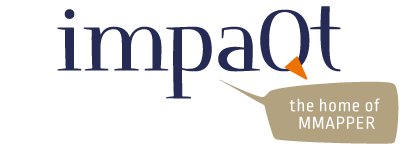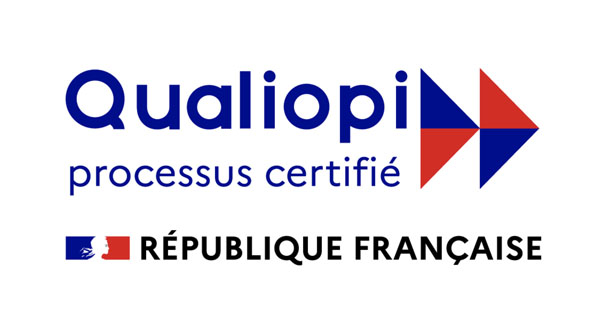Food for Thought
From Diversity to Inclusion
“Diversity is being invited to the party; inclusion is being asked to dance.” Verna Myers
In the 1st half of the year, we worked with several so-called inclusive teams – teams characterized by diversity, be it in terms of personality profile, gender, age and culture. From an international team made up of nearly 10 nationalities, to a French team that has recently opened up to diversity, the situations and experiences of team members can be very different.
In January 2020 a study by Deloitte ‘A study of Diversity and Inclusion – Inclusion as a lever for the transformation of organizations shows that companies with inclusive policies generate up to 30% more turnover per employee and higher profitability than their competitors. According to the same study, companies with equal employment opportunity policies and cultures that encourage gender diversity are almost 60% more likely to see their profits increase.
However, just like empowerment, inclusion cannot be decreed… And diversity and inclusion in companies, as in society, despite all the best intentions in the world, can prove to be real pitfalls when they are not, or not sufficiently, supported.
In fact, what is inclusion?
Inclusion is a relatively recent holistic concept. It’s about creating environments where all people, whatever their differences, are valued and respected. Inclusion recognizes that everyone has the right to fully participate in the collective without having to conform to a dominant norm. Inclusion thus goes further than integration, which often implies that people have to adapt to the existing system, which can lead to a loss of cultural identity and the need to change their behavior in order to fit in.
Here’s an image that explicitly illustrates the difference between integration and inclusion:
Quelle est la différence entre intégration et inclusion ? (bloghoptoys.fr)
How do you go from integration to inclusion?
For a team whose DNA is international, where team members define themselves as citizens of the world and have a good command of English, inclusion seems self-evident. The problem for these teams is more to do with distance and lack of face-to-face contact than inclusion. The curiosity and desire to discover others is there, and the way they look at each other is fundamentally +/+: “I have value. You are valuable. So we can relate to each other and cooperate”. Creating the conditions for team members to connect on a human level remains necessary and can be sufficient.
The situation is quite different when dealing with a team where a dominant culture exists. To move from integration to inclusion, long-term support is required. First and foremost, we feel it’s essential to ensure that new team members from abroad have a good command of the team’s language, and if this isn’t the case, to support them towards a level of operationality right from the start of their integration, if not ideally beforehand.
Sometimes, especially in the case of the integration of new profiles chosen by top management, not everyone wants to dance, and even less so with “just anybody”. So how do you get everyone to want to dance together? Unfortunately, there’s no magic formula, and the process can take varying lengths of time. It’s a question of getting everyone to dare to look at themselves in the mirror, to appreciate their bright sides and accept their darker sides and associated cognitive biases/preconceived ideas, then gradually recognizing the other as someone who is both different and reflects something of themselves, of their humanity; someone they recognize, to whom they can offer a genuine smile and to whom they can open the door to the idea of one day being able to “dance” together…



